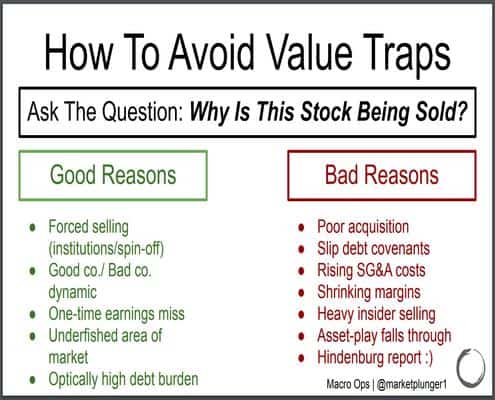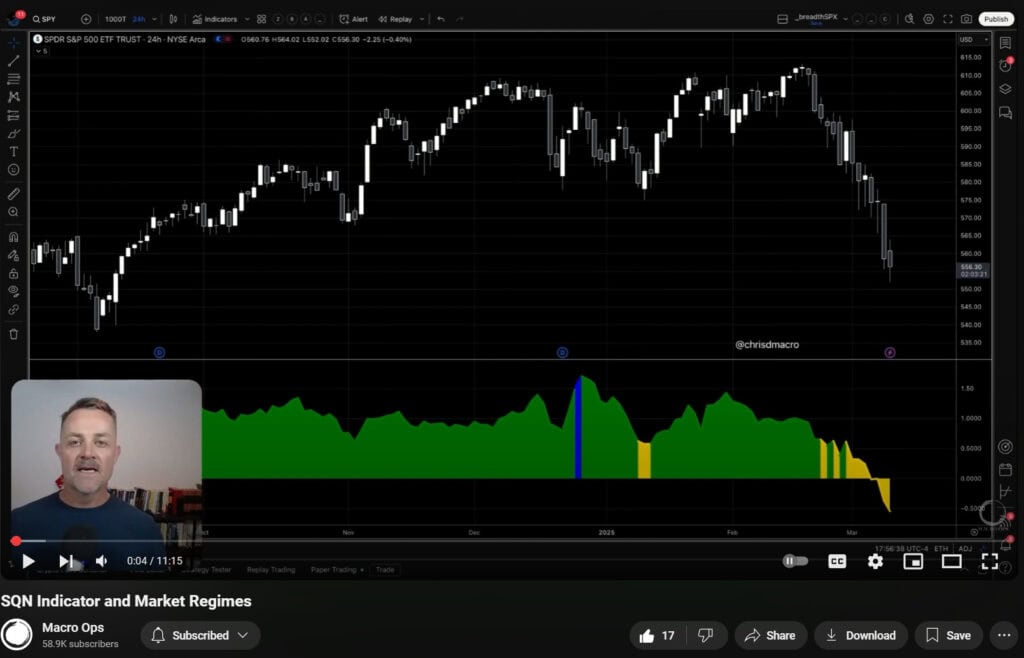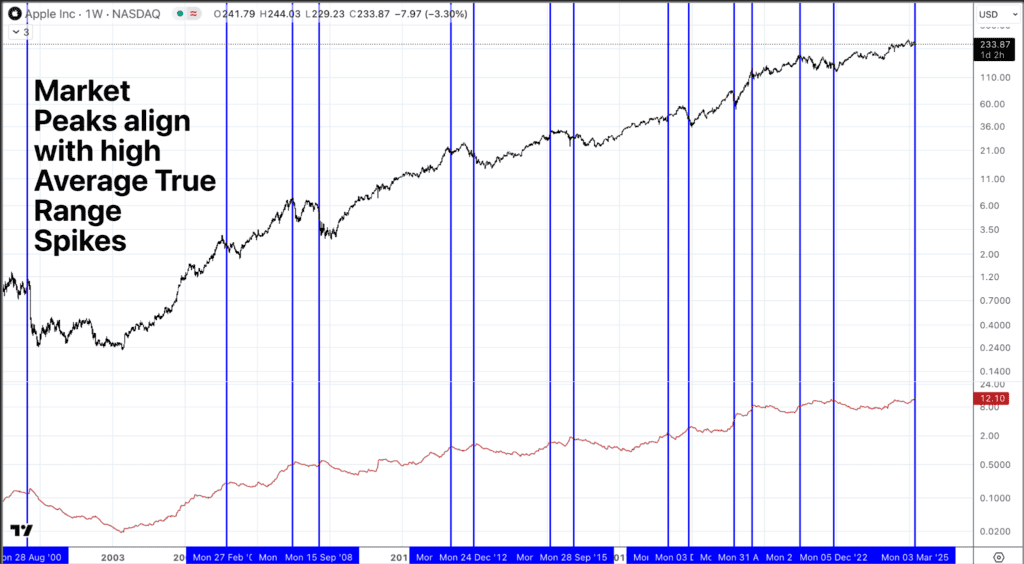How do you avoid buying value traps? How do you avoid thinking Mr. Market isn’t as smart as he really is? Ask this simple question: Why is this stock being sold at this price?
Markets are generally efficient the majority of the time. This isn’t breaking news. Yet as value investors, we sometimes try to see the market as a weaker opponent. We step into the arena thinking Mr. Market doesn’t really know what he’s doing. And when we’re wrong, we call it a “value trap”.
Again, in a select number of cases that’s true. The short-term voting machine quote triggers in your brain right about now. Yet we think this happens more often than it does.
Can you blame us? We read The Intelligent Investor, run a low P/E screen and viola! We find hundreds of stocks completely ignored by Mr. Market. Ripe for the plucking.
Therein lies the danger. Investors that don’t ask the right question fall victim to value traps again and again.
How To Avoid Value Traps 101
In early June I recorded a podcast with Brad Hathaway. Brad’s the managing partner of Far View Capital. Far View is a hedge fund focused on special situations and long-term value investing.
One of the most important topics we discussed was the idea of asking the right question. Brad understood that there’s usually a reason why a stock is selling at such a cheap price. He understands that Mr. Market is generally right most of the time.
So how does an investor like Brad avoid value traps? He asks the question: Why is this stock being sold at this price?
Here’s a snippet from our podcast (emphasis mine):
“As an early investor it’s easy to get caught up in the ‘here’s why I’m right, here’s how much money I can make.’ But looking ahead of time to say ‘if I’m wrong, here’s why.’ This really forces you to look for those factors ahead of time. If you can define it in a period when you’re not emotionally invested. It’s much easier to make that decision to sell at a loss when that decision comes to pass.”
Step 1: Use The Answers As Your Hurdle
Asking the question “why is this stock being sold at this price?” places you in the proper mindset before investing your capital. The answers to this question become the metrics you track to confirm or deny your original thesis.
Let’s use an example. Say I find a stock trading at 3x P/E with a decent balance sheet and small (but positive) cash flows. Before I place a single dollar in the stock, I ask myself, “why is this stock being sold at this price?”
My answers may include:
-
- Management dilutes shareholders
- It’s a low margin business
- The industry has little runway over the next 5-10 years
- SG&A is growing over time while GM shrinks
Each of those answers now becomes a barometer to judge our bull thesis. If we see shrinking EBIT margins our bullish thesis might include a reversal of that trend and higher EBIT margins. Or if the industry has little growth, our thesis might depend on the company expanding into other verticals.
The answers become the hurdle.
The higher the hurdle, the less attractive the idea. The less attractive the idea, the higher the odds you shouldn’t invest.
Step 2: Use The Occam’s Razor Rating
One of the best mental models out there for analyzing an investment thesis is Occam’s Razor. In short, when given two opposing hypotheses, theories, or explanations the simpler one always prevails.
The keyword is simpler. When we ask “why is this stock being sold at this price” we want reasons that are simple, easy to understand and easy to fix. The harder the solutions, the harder the turnaround. The more likely that stock will stay cheap.
We can actually codify this with every turnaround investment we analyze via our Occam’s Razor Rating.
Occam’s Razor Rating allows you to hard-code your confidence in an investment thesis. It works for turnarounds, fast-growers and special situations.
Here’s how it works. Each hurdle we assign to a thesis gets a rating between -3 and +3. A -3 rating means you have zero confidence in the company’s ability to overcome that hurdle. A +3 rating means you think the company will easily clear that obstacle.
Then you add up the total scores from each hurdle to get your Occam’s Razor Rating. The higher the number, the higher your confidence in the bull case.
Avoid Value Traps Example
Let’s return to our above example. We’ve already identified four hurdles:
-
- Management dilutes shareholders
- It’s a low margin business
- The industry has little runway over the next 5-10 years
- SG&A is growing over time while GM shrinks
We can run those through our ORR system to get an exact score of what we’re thinking in that moment.
Here’s what it looks like:
Downsides of ORR Scoring
Yes, there’s a lot of subjectivity to this scoring system. But that’s a feature, not a bug! The whole point of the ORR system is to see how you think about specific company hurdles in the moment. This allows you to track and compare your initial thoughts to what actually happened.
The more companies you score using ORR, the more data you’ll have on what hurdles companies struggle with the most. If you score 10 companies and notice all scoring +3 on reducing SG&A spend, that should increase your confidence the next time you see that hurdle.
Try it out for yourself! Let me know what you think. Keep a repository of all ORR scoring. You’ll never know the insight that data might provide.









